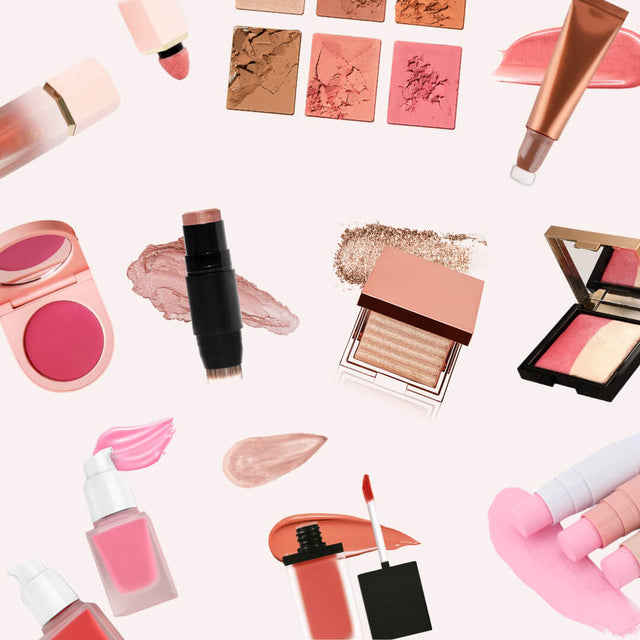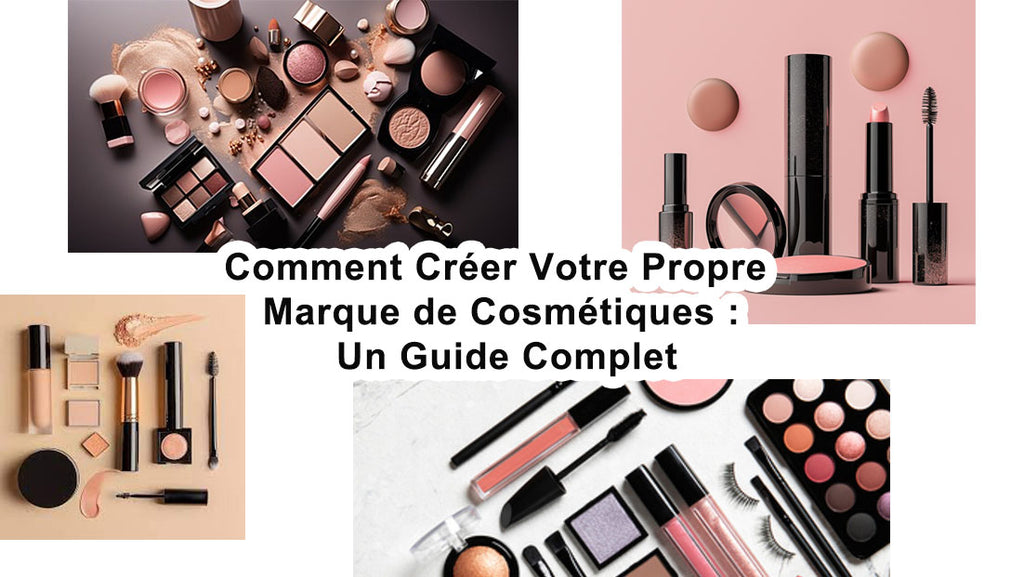
Unlocking the Secrets to Successful Private Label Cosmetics: A Step-by-Step Guide for Aspiring Beauty Entrepreneurs
Introduction
In the ever-evolving world of beauty and cosmetics, private labeling has emerged as a lucrative opportunity for aspiring entrepreneurs. With the right approach, you can create a unique brand that stands out in a saturated market. This guide will walk you through the essential steps to successfully launch your private label cosmetics line, ensuring you have the knowledge and tools necessary to thrive in this competitive industry.
Step 1: Understand the Market
Before diving into private labeling, it’s crucial to conduct thorough market research. Understanding the landscape of the cosmetics industry will provide you with insights that are vital for your success. Here are key points to consider:
- Identify Trends: Stay updated on the latest beauty trends and consumer preferences. Use tools like Google Trends or social media analytics to gauge what products are gaining popularity.
- Analyze Competitors: Study successful brands and identify what makes them popular. Look at their product offerings, pricing strategies, and marketing techniques.
- Target Audience: Define your ideal customer to tailor your products effectively. Consider demographics such as age, gender, income level, and lifestyle choices.
- Consumer Feedback: Read reviews and forums to understand what consumers like or dislike about existing products. This can provide you with ideas for improvements in your own line.
Step 2: Choose Your Niche
Once you understand the market, it’s time to carve out your niche. The beauty industry is vast, and focusing on a specific segment can help you stand out. Consider the following:
- Product Type: Decide whether you want to focus on skincare, makeup, haircare, or a combination. Each category has its own set of challenges and opportunities.
- Brand Values: Establish what your brand stands for. This could include being cruelty-free, organic, vegan, or supporting social causes. Consumers are increasingly seeking brands that align with their values.
- Unique Selling Proposition: Determine what will set your products apart from the competition. This could be innovative formulations, unique packaging, or exceptional customer service.
- Seasonal Products: Consider launching limited edition seasonal products to create buzz and urgency among consumers.
Step 3: Find a Reliable Manufacturer
Your choice of manufacturer can make or break your business. It’s essential to partner with a manufacturer that can deliver quality products consistently. Here’s how to choose wisely:
- Research Manufacturers: Look for reputable private label manufacturers with experience in cosmetics. Online directories and trade shows can be excellent resources for finding potential partners.
- Request Samples: Always ask for product samples to assess quality. This step is critical in ensuring that the final product meets your standards.
- Check Certifications: Ensure the manufacturer complies with industry standards and regulations. Look for certifications like GMP (Good Manufacturing Practices) and ISO.
- Production Capacity: Assess whether the manufacturer can scale production as your business grows. A reliable partner should have the capacity to meet your demand.
- Communication: Evaluate their communication style and responsiveness. A manufacturer that communicates well can make the process smoother and more efficient.
Step 4: Develop Your Brand Identity
Branding is essential for recognition and loyalty in the beauty industry. A strong brand identity will help you connect with your target audience. Focus on these aspects:
- Brand Name: Choose a catchy and memorable name that reflects your brand. The name should resonate with your target audience and should be easy to pronounce.
- Logo Design: Invest in professional logo design to create a strong visual identity. Your logo should be versatile and work well in various sizes and formats.
- Packaging: Design packaging that not only looks appealing but also conveys your brand values. Eco-friendly packaging options are becoming increasingly popular among consumers.
- Brand Story: Craft a compelling brand story that communicates your mission and vision. Sharing your journey can create an emotional connection with consumers.
- Consistent Branding: Ensure that all branding elements, from your website to product packaging, maintain a consistent look and feel.
Step 5: Create a Strong Online Presence
In today’s digital age, a robust online presence is vital for success in the beauty industry. Consider these strategies:
- Website Development: Build an attractive and user-friendly website to showcase your products. Ensure that it is mobile-responsive and optimized for search engines.
- E-commerce Platform: Choose an e-commerce platform that suits your needs, such as Shopify, WooCommerce, or BigCommerce, to facilitate online sales.
- Social Media Marketing: Leverage platforms like Instagram, TikTok, and Pinterest to reach your audience. Create engaging content that showcases your products and encourages user interaction.
- Influencer Partnerships: Collaborate with beauty influencers who align with your brand to reach a broader audience. Influencers can help generate buzz and credibility.
- Content Marketing: Create valuable content, such as blogs, tutorials, and videos, to engage your audience. This can establish your brand as an authority in the beauty space.
Step 6: Launch Your Products
With everything in place, it’s time to launch your private label cosmetics line. Here are some tips to ensure a successful launch:
- Pre-Launch Buzz: Build anticipation through teasers on social media and email newsletters. Create a countdown to the launch date to generate excitement.
- Promotions: Consider offering discounts or bundles for first-time customers. Launch promotions can incentivize purchases and help you gain market traction.
- Launch Event: Host a launch event, either online or in-person, to showcase your products and engage with potential customers directly.
- Feedback Collection: Encourage customer feedback to improve future products and services. Use surveys, reviews, and social media to gather insights.
- Customer Support: Provide excellent customer service and support during the launch period to build trust and loyalty.
Step 7: Monitor and Adapt
After your launch, continue to monitor your business performance. It’s essential to remain agile and adapt to changing market conditions. Focus on:
- Sales Analysis: Track sales data to understand what products are performing well. Use this information to make informed decisions about inventory and marketing strategies.
- Customer Feedback: Use reviews and surveys to gather insights for improvement. Listening to your customers can lead to product enhancements and new ideas.
- Market Trends: Stay informed on industry changes to adapt your strategy accordingly. Follow beauty publications and attend industry events to remain current.
- Product Line Expansion: Based on market research and customer feedback, consider expanding your product line to meet consumer demands.
- Performance Metrics: Regularly analyze key performance indicators (KPIs) such as website traffic, conversion rates, and customer acquisition costs to measure success and identify areas for improvement.
Step 8: Build a Community
Creating a loyal community around your brand can lead to long-term success. Here are some strategies to foster community engagement:
- Encourage User-Generated Content: Motivate your customers to share their experiences with your products on social media. This not only provides social proof but also creates a sense of belonging.
- Host Contests and Giveaways: Engage your audience by hosting contests that encourage participation and sharing. This can increase brand visibility and attract new customers.
- Online Forums and Groups: Create online spaces where your customers can interact, share tips, and discuss your products. This can enhance customer loyalty and provide valuable insights.
- Exclusive Memberships: Consider offering a membership program that provides exclusive discounts, early access to new products, and special content for loyal customers.
Conclusion
Launching a private label cosmetics line can be a rewarding venture for beauty entrepreneurs. By following these steps and maintaining a commitment to quality and customer satisfaction, you can unlock the secrets to success in the cosmetics industry. Start your journey today and make your mark in the beauty world! Remember, persistence, adaptability, and a passion for beauty are your greatest allies on this exciting entrepreneurial path.




Leave a comment
All comments are moderated before being published.